Global Tufts Month: “A Day In the Life” of Young Makers in Kathmandu
As an international leader in engineering education, Tufts CEEO (Center for Engineering Education and Outreach) is partnering with Karkhana, which provides STEAM education opportunities for youth in Kathmandu, Nepal. Together, we will pilot hands-on robotics projects that are accessible, effective, and uniquely tailored to the needs and interests of their students. But before we can develop the projects, we must first seek to understand “a day in the life” of these young makers. We are taking the first steps to accomplish this by conducting a photo journaling project in which educators at Karkhana are asked to capture meaningful items, locations, people, and events that give a window into their daily lives.
We understand that creating successful and effective educational experiences for students requires developing an authentic understanding of their unique experiences and the environment in which the students live, play, and learn. This need becomes even more critical when collaborating on learning experiences for students in foreign countries with cultures and conditions that are very different from our own. It is only through a thorough exploration of students’ lives that we can begin to be equipped with the tools necessary for co-creating meaningful learning experiences with their educators.
The photos and stories that are being collected here will be used not only to enhance our work in Nepal, but also to help us explore the general process of using photo journaling to develop rich relationships in other partner countries we are working with in our Tech and Play initiative. This photo journal project is inspired by Photovoice, a method of participatory photography that empowers everyday people to use their own photographs to explore their communities and build narratives. Photovoice can challenge assumptions about representation, and can be used by virtually anybody, opening up the shared experiences of any group, including marginalized or less represented folks who normally don’t have a dominant voice in their community. It can be used to break down stereotypes and question assumptions about particular communities or systems. The methodological goals of photovoice include: respect for autonomy, promoting social justice, promoting good, and avoiding harm.
Our Process
For this project, our team at the CEEO used the online tool VoiceThread, which enables groups to collect and showcase still images as well as video, and provides a platform for commentary and asynchronous discourse. Our educator friends at Karkhana were presented with the following prompts:
Capture images of objects, places, people, or events…
- … that make you proud of the educational environment in Kathmandu.
- … that tell a story about educational environments in Kathmandu that you think is important to share.
- … in the educational environment that challenge or frustrate you.
- … you find exciting and important to the development of maker spaces in Kathmandu.
- … that express the spirit of your daily life in Kathmandu
- Your commute to work/school
- Your meals
- Your free time, social/family interactions, and entertainment

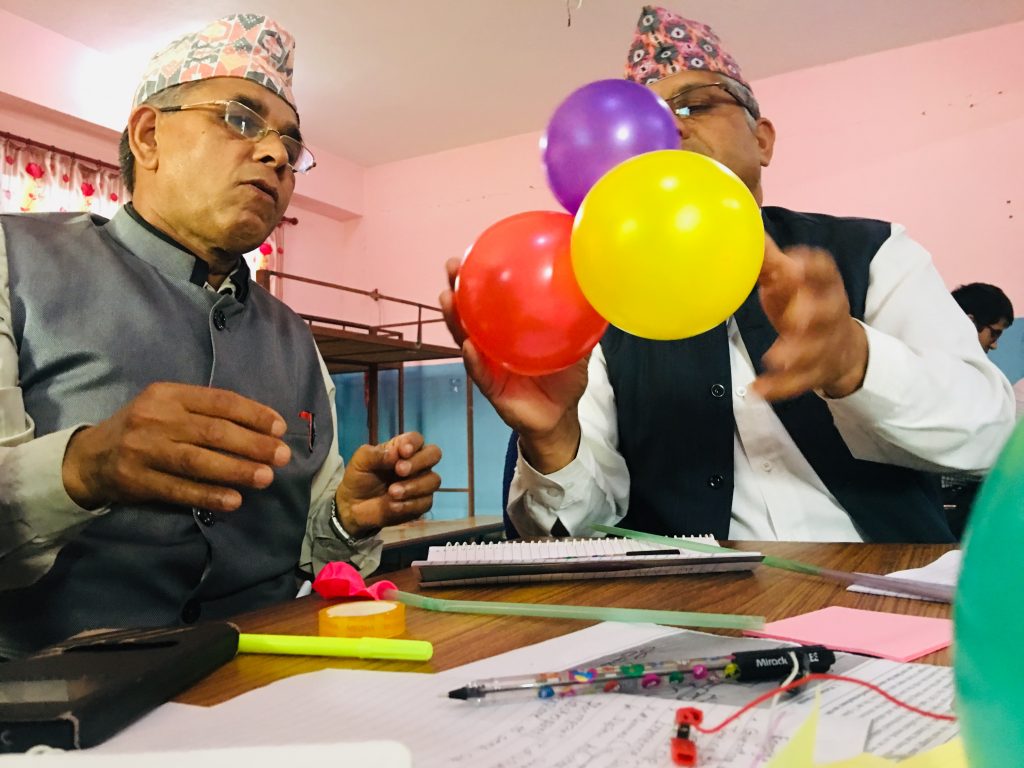
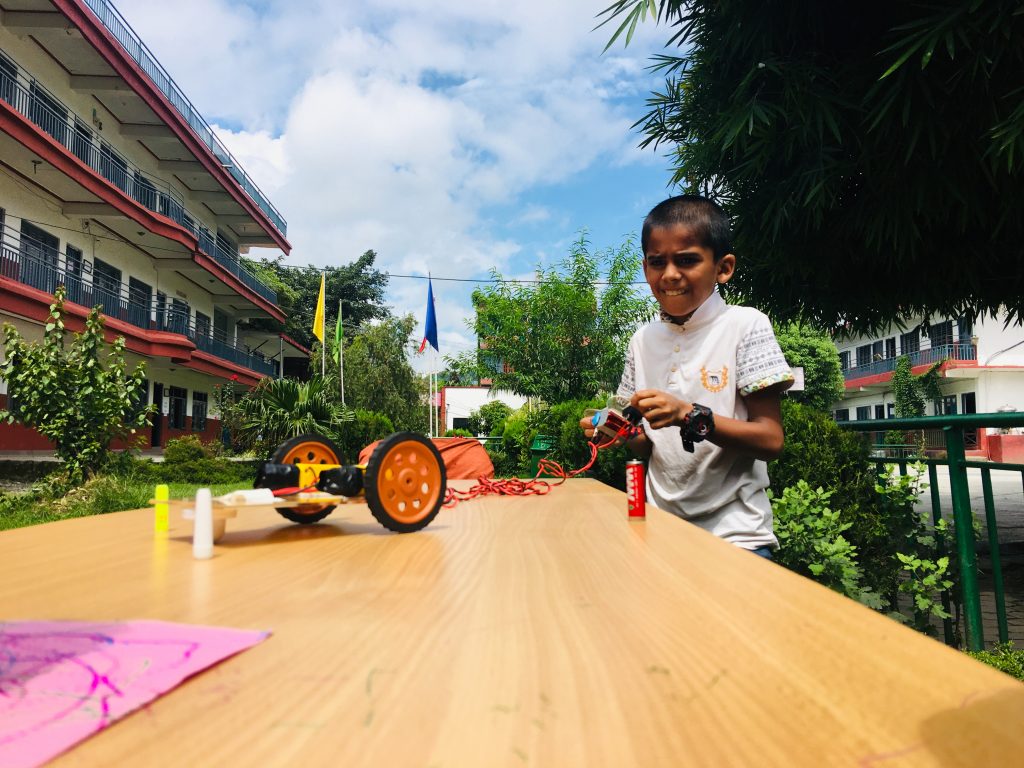
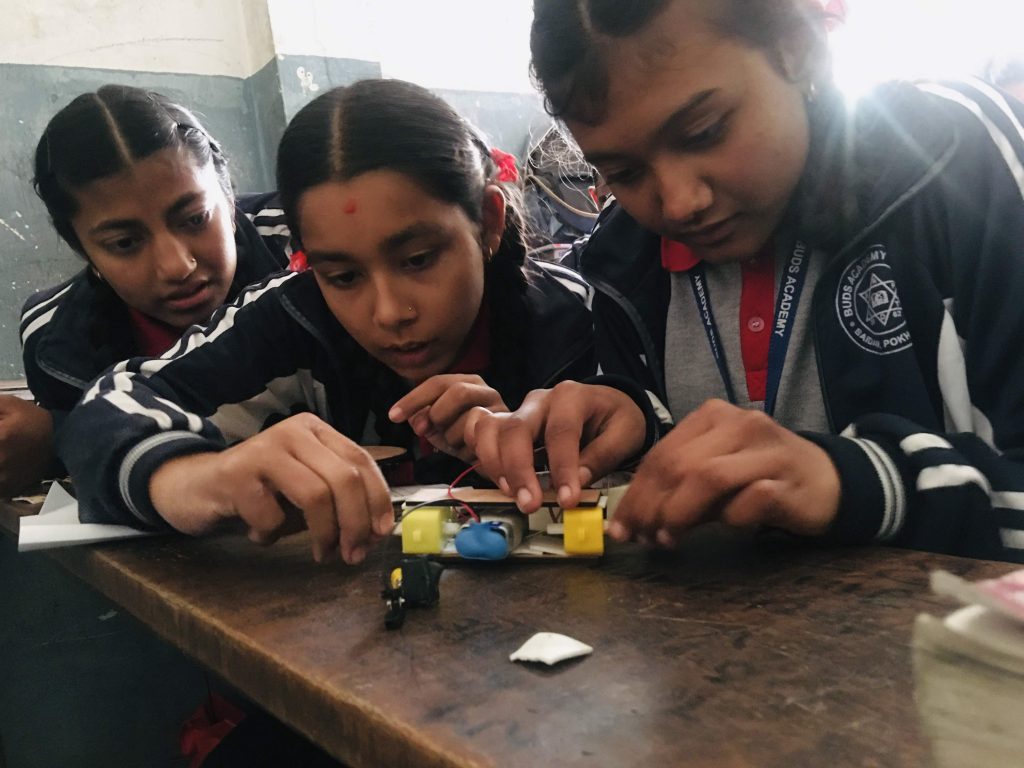
After collecting images for a week, our group met via a Zoom call to discuss images with the educators who had captured them. This led to lively and engaging discussions among educators from both institutions, covering a broad range of topics and ideas. We agreed to conduct a second round of photo capturing, sharing, and discussion for another week. In order to test the ease of use of the VoiceThread platform, we created one general VoiceThread to which many educators contributed photos, and one educator created their own VoiceThread.
We found that this process of giving photo prompts, collecting images, commenting asynchronously, and then meeting to collectively discuss photos worked to fuel engaging and meaningful discussions and strengthen our personal and professional relationships. This process seems to be able to be repeated in cycles, with each iteration focusing on specific prompts and ideas that both parties wish to explore further.
Interactive Showcase
We want include YOU in our ongoing discussions by adding your own commentary and questions to the images featured here. We invite visitors to engage with the two VoiceThread collections below by creating a free VoiceThread account. Members of the Tufts community can log in with their Tufts credentials to access our institutional membership. Note: you do not need a VoiceThread account to view the images and others’ comments.
As you advance through the images in the galleries, click on the “+” to view 5 different methods of contributing: text, voice, video, phonecall, and file upload.
For more detailed instructions on how to leave commentary on a VoiceThread, view this quick tutorial.
Para obtener instrucciones más detalladas sobre cómo dejar comentarios en un VoiceThread, vea este tutorial rápido.
Para obter instruções mais detalhadas sobre como deixar comentários em um VoiceThread, veja este tutorial rápido.
Pour obtenir des instructions plus détaillées sur la façon de laisser un commentaire sur un VoiceThread, consultez ce tutoriel rapide.
नेपालीमा कुनै ट्यूटोरियल छैन, तर तपाईं यहाँ टिप्पणीहरू गर्न ट्यूटोरियलको अंग्रेजी भाषाको संस्करण हेर्न सक्नुहुन्छ।
To view/hear comments from other users (including excerpts from our zoom conversations),
click on the colored squares on the left while viewing a photo.
Our Photo Contributors in Kathmandu
We extend a heartfelt thanks to our educator friends at Karkhana for taking time to capture and share their photos and stories with us.
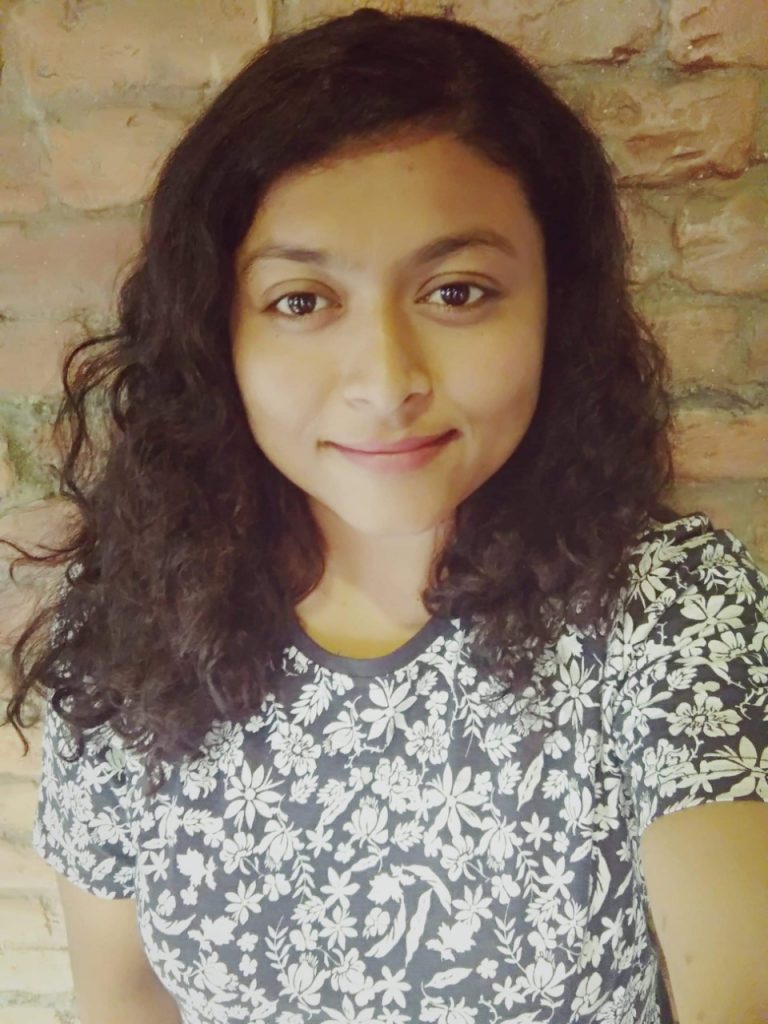


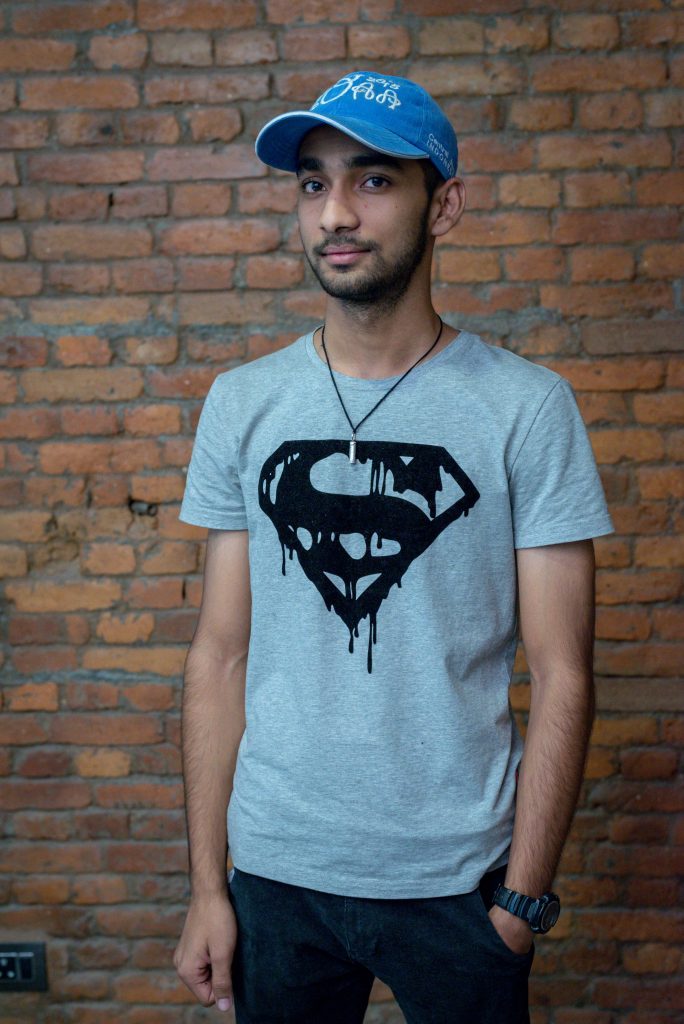
He loves superheros and is a huge fan of Superman.

Tufts CEEO wishes to thank the Office of the Provost for their support in funding this event and including “A Day in the Life” of Young Makers in Kathmandu as part of their Global Tufts Month celebration.
